Home>Ideas and Tips>Backyard Butterfly Garden Plant Selection to Attract Pollinators
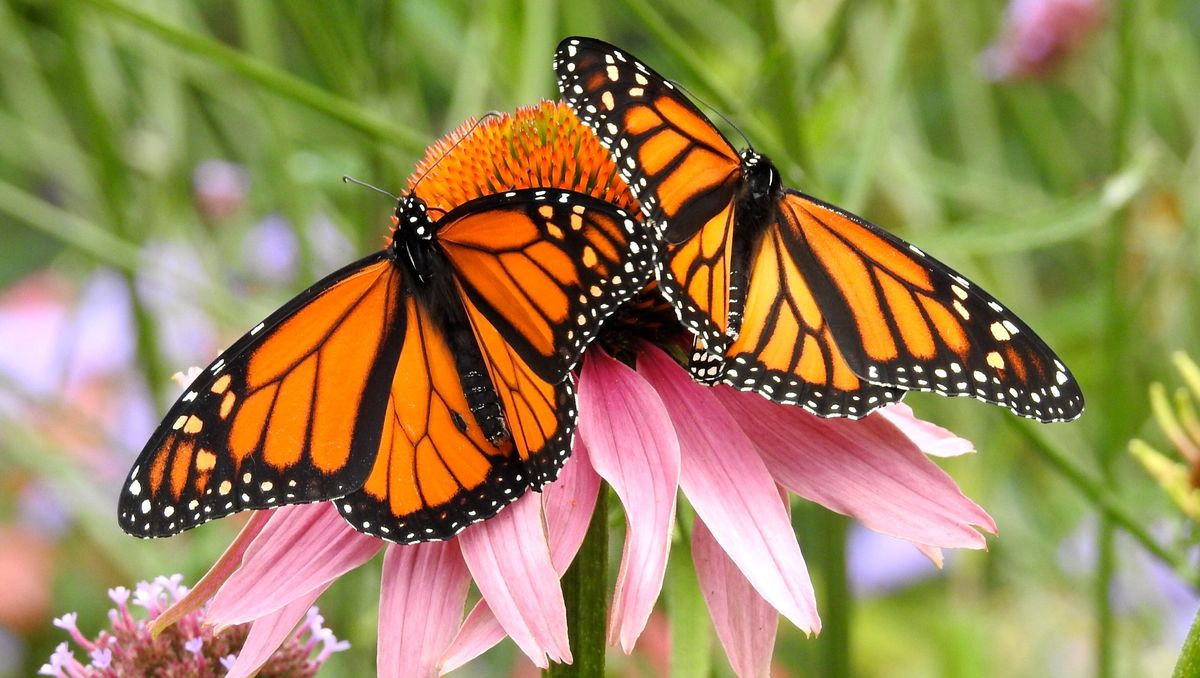

Ideas and Tips
Backyard Butterfly Garden Plant Selection to Attract Pollinators
Modified: November 2, 2024
Create a vibrant backyard butterfly garden with the right plant selection to attract pollinators and support local ecosystems. Learn how to get started!
(Many of the links in this article redirect to a specific reviewed product. Your purchase of these products through affiliate links helps to generate commission for Storables.com, at no extra cost. Learn more)
Creating a backyard butterfly garden is not only a delightful way to enhance your outdoor space but also a crucial step in supporting local ecosystems. These gardens provide essential habitat for butterflies and other pollinators, contributing to biodiversity and ecological balance. In this article, we will delve into the importance of selecting the right plants for your butterfly garden, focusing on both nectar plants and host plants, as well as providing tips on garden design and maintenance.
Butterflies have long captivated human imagination with their delicate beauty and graceful flight. However, their populations are facing significant threats due to habitat loss, pesticide use, and climate change. By creating a butterfly garden in your backyard, you can play a vital role in supporting these magnificent creatures and contributing to the health of your local ecosystem.
Pollinators, including butterflies, bees, and hummingbirds, are essential for maintaining the balance of nature. They facilitate the reproduction of plants by transferring pollen from one plant to another, which is crucial for seed production and fruit development. Without pollinators, many plant species would be unable to reproduce, leading to reduced crop yields and biodiversity loss.
A well-designed butterfly garden offers numerous benefits:
- Supports Local Ecosystems: By providing a habitat for butterflies and other pollinators, you help maintain the local food chain and support biodiversity.
- Enhances Aesthetic Appeal: Butterfly gardens are visually stunning, featuring a variety of colorful flowers that attract both butterflies and other pollinators.
- Educational Opportunities: Creating a butterfly garden can be an educational experience for both children and adults, teaching about the life cycle of butterflies and the importance of pollinators.
- Therapeutic Benefits: Spending time in nature has been shown to have therapeutic benefits, reducing stress levels and improving mental well-being.
Choosing the right plants is crucial for creating an effective butterfly garden. You need to select plants that provide nectar for adult butterflies and host plants for their larvae. Here are some top recommendations:
Nectar plants are the primary source of food for adult butterflies. These plants should have flowers that are rich in nectar and accessible to butterflies. Here are some popular nectar plants:
-
Lavender
- Lavender is a popular choice for butterfly gardens due to its fragrant flowers and ability to attract a variety of butterfly species.
- Appearance: Lavender has purple flowers that bloom from mid-spring to early fall.
- Growth Habits: Lavender prefers well-drained soil and full sun.
- Pollinator Benefits: Lavender is particularly attractive to butterflies like the Painted Lady and the Common Buckeye.
-
Honeysuckle
- Honeysuckle is another fragrant flower that attracts butterflies with its sweet nectar.
- Appearance: Honeysuckle has white, yellow, or pink flowers that bloom in late spring to early summer.
- Growth Habits: Honeysuckle prefers partial shade and moist soil.
- Pollinator Benefits: Honeysuckle is a favorite among butterflies like the Red Admiral and the Clouded Sulphur.
-
Bee Balm
- Bee Balm is known for its red, pink, purple, or white tubular flowers that are irresistible to butterflies and hummingbirds.
- Appearance: Bee Balm has whorls of flowers atop square stems.
- Growth Habits: Bee Balm prefers moist soil and full to partial sun.
- Pollinator Benefits: Bee Balm is particularly attractive to butterflies like the Eastern Tiger Swallowtail and the Black Swallowtail.
-
Coreopsis
- Coreopsis is a member of the Sunflower family whose blooms attract bees and butterflies.
- Appearance: Coreopsis has bright yellow or pink flowers that bloom from mid-spring to early fall.
- Growth Habits: Coreopsis prefers well-drained soil and full sun.
- Pollinator Benefits: Coreopsis is a favorite among butterflies like the Clouded Sulphur and the American Lady.
-
Purple Coneflower
- Purple Coneflower is a show-stopping perennial with purple petals and a prominent central cone.
- Appearance: Purple Coneflower blooms from mid-spring to early fall.
- Growth Habits: Purple Coneflower prefers full sun but tolerates partial shade; it is drought resistant once established.
- Pollinator Benefits: Purple Coneflower is a buffet for butterflies and bees; its seeds attract birds in fall and winter.
-
Agastache (Hyssop)
- Agastache is a dependable summer bloomer with aromatic spikes of flowers in various colors that bees and hummingbirds adore.
- Appearance: Agastache blooms from summer through fall.
- Growth Habits: Agastache prefers well-draining soil and full to partial sun; it hates wet feet.
- Pollinator Benefits: Agastache is particularly attractive to butterflies like the Painted Lady and the Common Buckeye.
-
Helenium
- Helenium has bright gold, orange, or red petals with unique dark centers, making it a standout in the garden.
- Appearance: Helenium blooms from summer through fall.
- Growth Habits: Helenium prefers full sun to part shade; it grows to 1’-3’ tall x 15"-18" wide.
- Pollinator Benefits: Helenium is an excellent landing pad for bees and butterflies looking for sweet nectar.
-
Aster
- Aster is another perennial flower that attracts bees and butterflies with its star-shaped blooms.
- Appearance: Aster blooms from mid-summer through fall.
- Growth Habits: Aster prefers full sun; it grows to 2’-4’ tall x 1’-3’ wide.
- Pollinator Benefits: Aster is particularly attractive to butterflies like the Clouded Sulphur and the American Lady.
-
Abelia
- Abelia is a compact shrub with arching stems and delicate flowers in white and pink tones.
- Appearance: Abelia blooms from summer through late fall.
- Growth Habits: Abelia prefers full sun to part shade; it grows to 1’-8’ tall x wide.
- Pollinator Benefits: Abelia is a favorite among bees and continues to bloom after many summer flowers have disappeared.
-
Hardy Fuchsia
- Hardy Fuchsia is a hummingbird magnet with pendulous, tubular flowers on gracefully arching branches.
- Appearance: Hardy Fuchsia blooms from late spring through fall.
- Growth Habits: Hardy Fuchsia prefers part shade but can grow in conditions ranging from full sun to shade as long as they are not near a hot west- or south-facing wall; it grows up to 1’-6’ tall x wide.
- Pollinator Benefits: Hardy Fuchsia is particularly attractive to hummingbirds but also attracts butterflies like the Painted Lady.
Host plants are essential for the life cycle of butterflies. These plants provide the necessary food for caterpillars to grow and develop before they transform into adult butterflies. Here are some popular host plants:
-
Milkweed (Asclepias syriaca)
- Milkweed is the sole host plant for Monarch butterfly caterpillars.
- Appearance: Milkweed has clusters of fragrant pink, orange, or white flowers.
- Growth Habits: Milkweed thrives in full sun and well-drained soil.
- Pollinator Benefits: Milkweed is a nectar source for various bees.
-
Passionflower (Passiflora spp.)
- Passionflower is a host plant for Gulf Fritillary and Zebra Longwing butterflies.
- Appearance: Passionflower has intricate flowers with a crown-like structure.
- Growth Habits: Passionflower prefers partial shade and moist soil.
- Pollinator Benefits: Passionflower is also attractive to adult butterflies looking for nectar.
-
Dill (Anethum graveolens)
- Dill is a host plant for Black Swallowtail caterpillars.
- Appearance: Dill has feathery leaves and yellow flowers.
- Growth Habits: Dill prefers well-drained soil and full sun.
- Pollinator Benefits: Dill is also attractive to adult butterflies looking for nectar.
-
Parsley (Petroselinum crispum)
- Parsley is a host plant for Black Swallowtail caterpillars.
- Appearance: Parsley has curly leaves and small white flowers.
- Growth Habits: Parsley prefers moist soil and partial shade.
- Pollinator Benefits: Parsley is also attractive to adult butterflies looking for nectar.
Creating an effective butterfly garden involves more than just selecting the right plants. Here are some tips on garden design:
Butterflies are attracted to brightly colored flowers, particularly those in shades of red, orange, yellow, pink, and purple. When designing your garden, use these colors to create a visually striking space that lures butterflies in. You can create a color scheme based on your personal preferences or the existing colors in your landscape.
Incorporating a variety of plant species with different bloom times ensures that your garden provides a continuous display of color throughout the growing season. This diversity also supports a range of butterfly species by offering different nectar sources and host plants.
Many butterflies are also attracted to fragrant flowers. Incorporating scented plants into your garden design can help draw these pollinators in. Some popular fragrant flowers for butterfly gardens include lavender, lilac, and honeysuckle.
Planting flowers in clusters or swathes of color can be more easily seen by butterflies and creates a visually appealing garden display. Be mindful of color combinations and contrasts to ensure that your garden is both beautiful and functional.
A well-designed butterfly garden requires regular maintenance to ensure its long-term success. Here are some essential practices:
Butterflies need water to drink and to help them regulate their body temperature. Providing a shallow dish filled with fresh water can be an attractive feature for butterflies. Avoid using pesticides in the water as they can harm butterflies.
Mulching helps retain moisture in the soil and suppresses weeds that might compete with your butterfly plants for resources. Use organic mulch like wood chips or bark to create a welcoming environment for butterflies.
Regular pruning helps maintain the health and appearance of your plants. Remove dead flowers (called deadheading) to encourage more blooms and prevent seed production, which can divert energy from new growth.
Some plants like Bee Balm and Yarrow need to be divided every few years to maintain their vigor and prevent crowding. This process also helps spread out the plants, ensuring they continue to thrive.
Creating a backyard butterfly garden is an excellent way to support local ecosystems while enhancing your outdoor space. By selecting the right nectar and host plants, designing your garden with color and fragrance in mind, and maintaining it regularly, you can create a haven for butterflies and other pollinators. Remember that it may take some time for your plants to become established and for butterflies to find their way to your garden. With patience and proper care, you will soon enjoy the mesmerizing sight of butterflies flitting amongst the blooms, contributing positively to your local ecosystem.
By following these guidelines and tips, you can create an enchanting and effective butterfly garden that not only attracts these beautiful insects but also supports a healthy ecosystem for other pollinators. Whether you're an experienced gardener or just starting out, incorporating pollinator-friendly plants into your garden is a rewarding way to contribute positively to nature while enjoying the beauty of butterflies in your own backyard.
Was this page helpful?
At Storables.com, we guarantee accurate and reliable information. Our content, validated by Expert Board Contributors, is crafted following stringent Editorial Policies. We're committed to providing you with well-researched, expert-backed insights for all your informational needs.
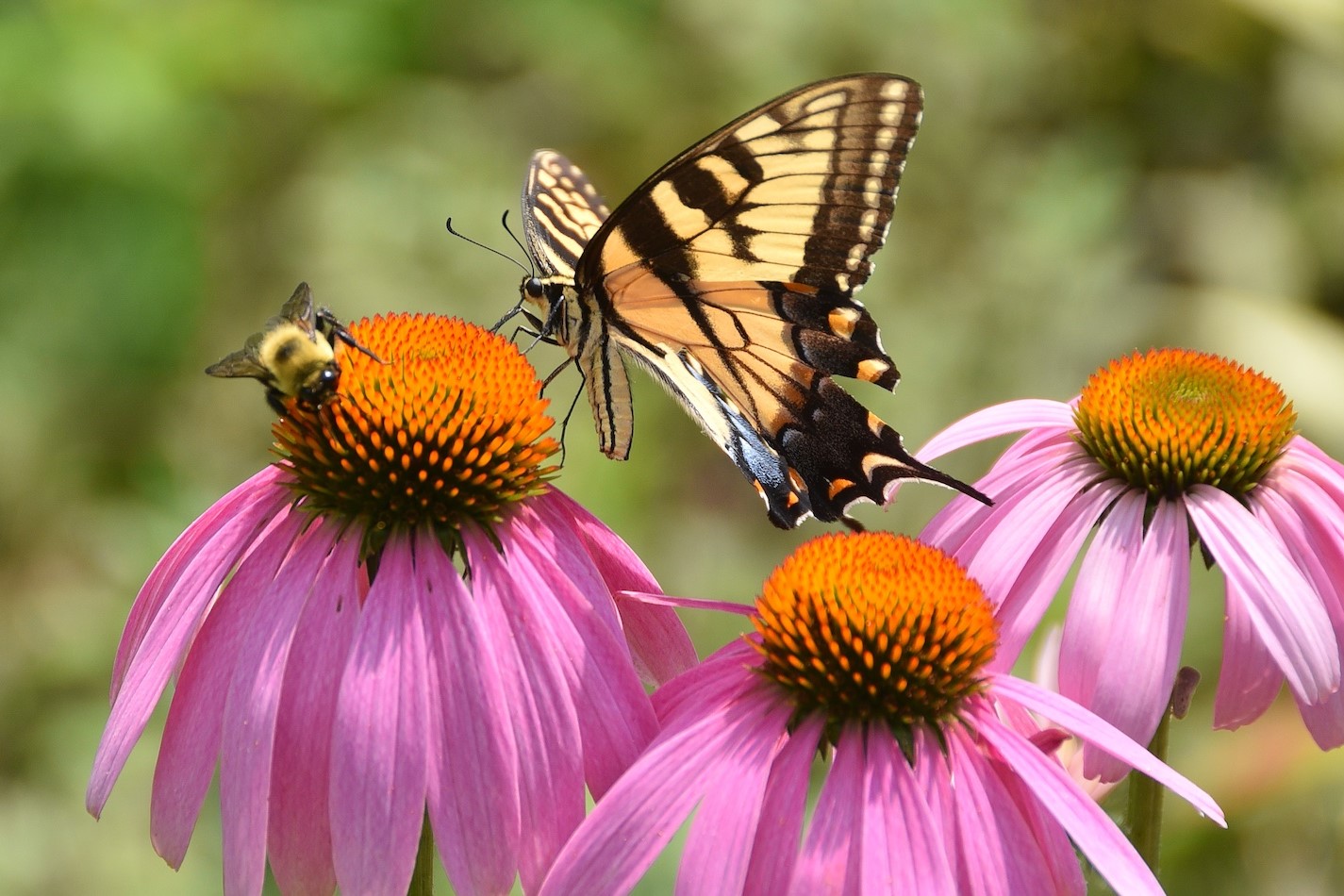
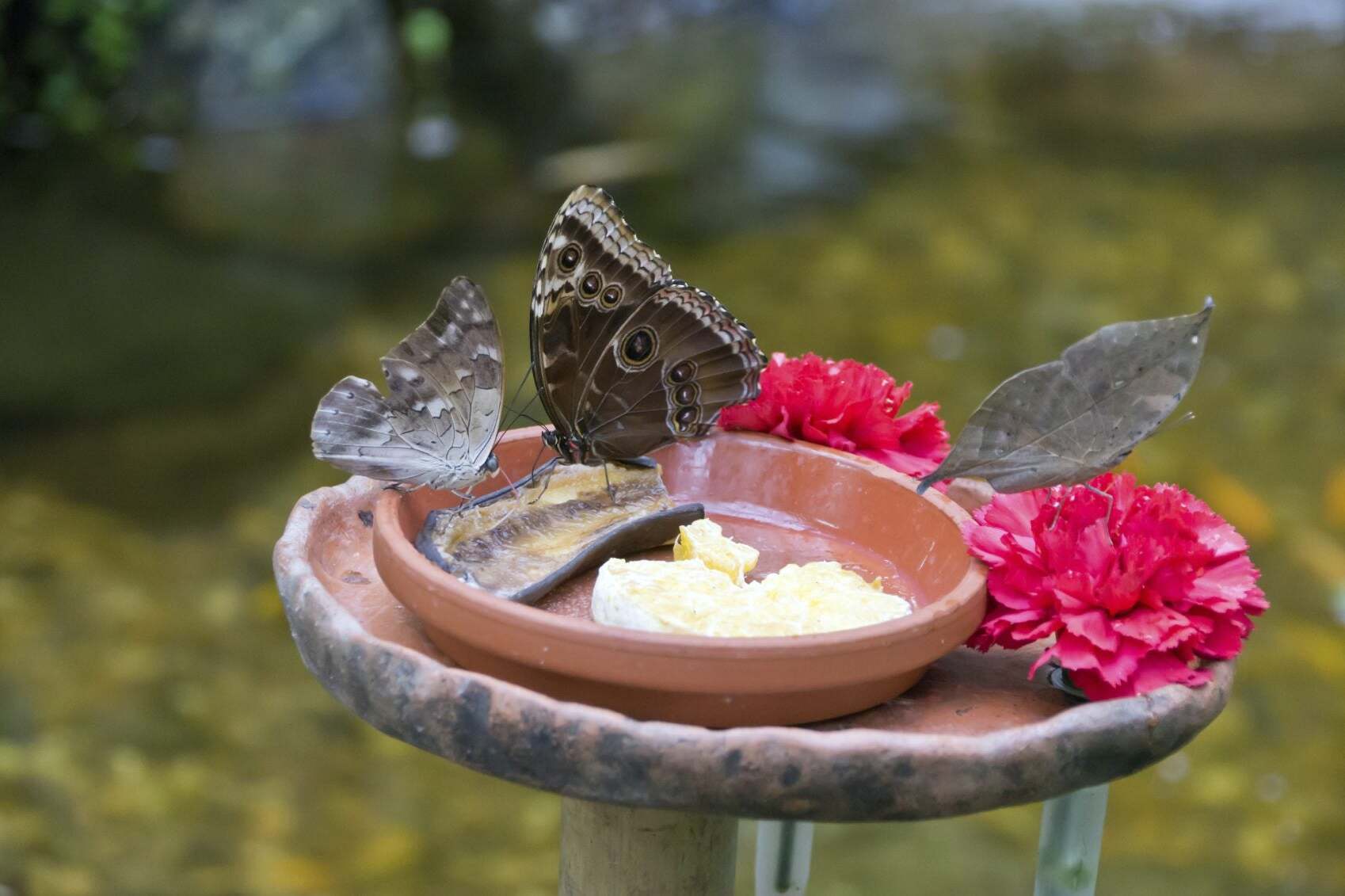
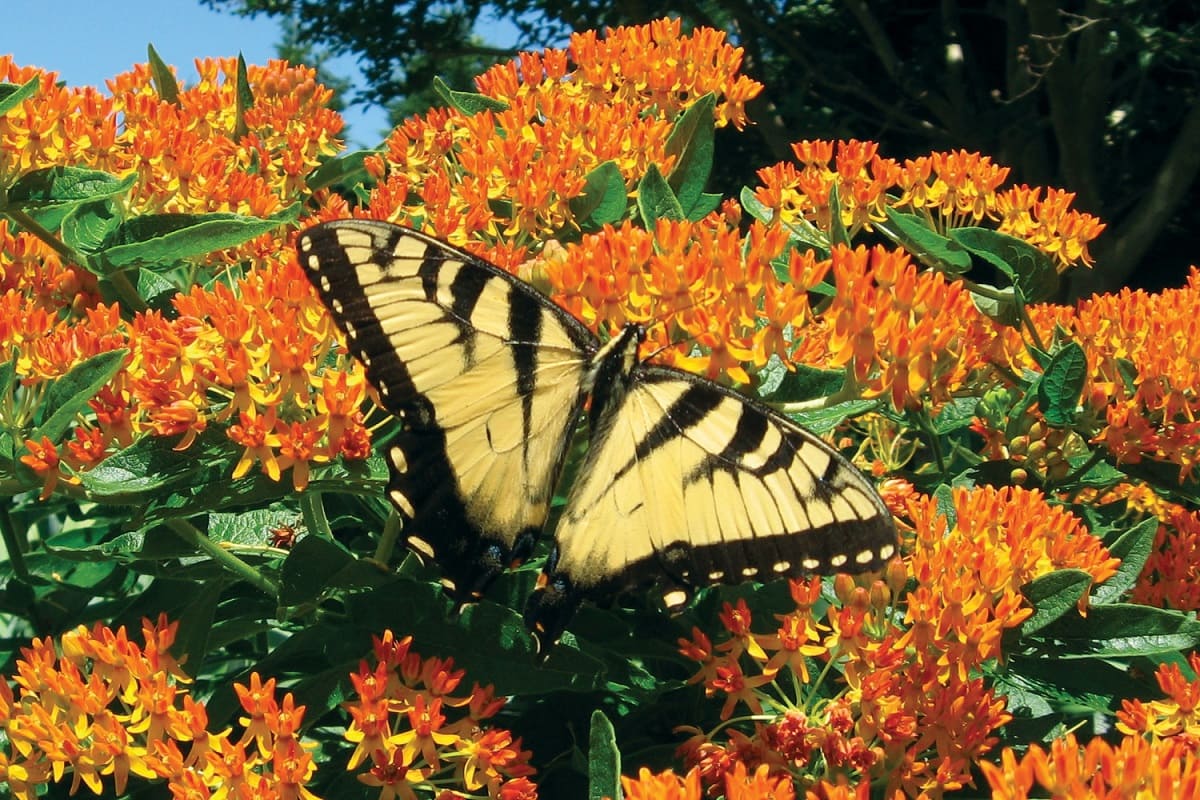
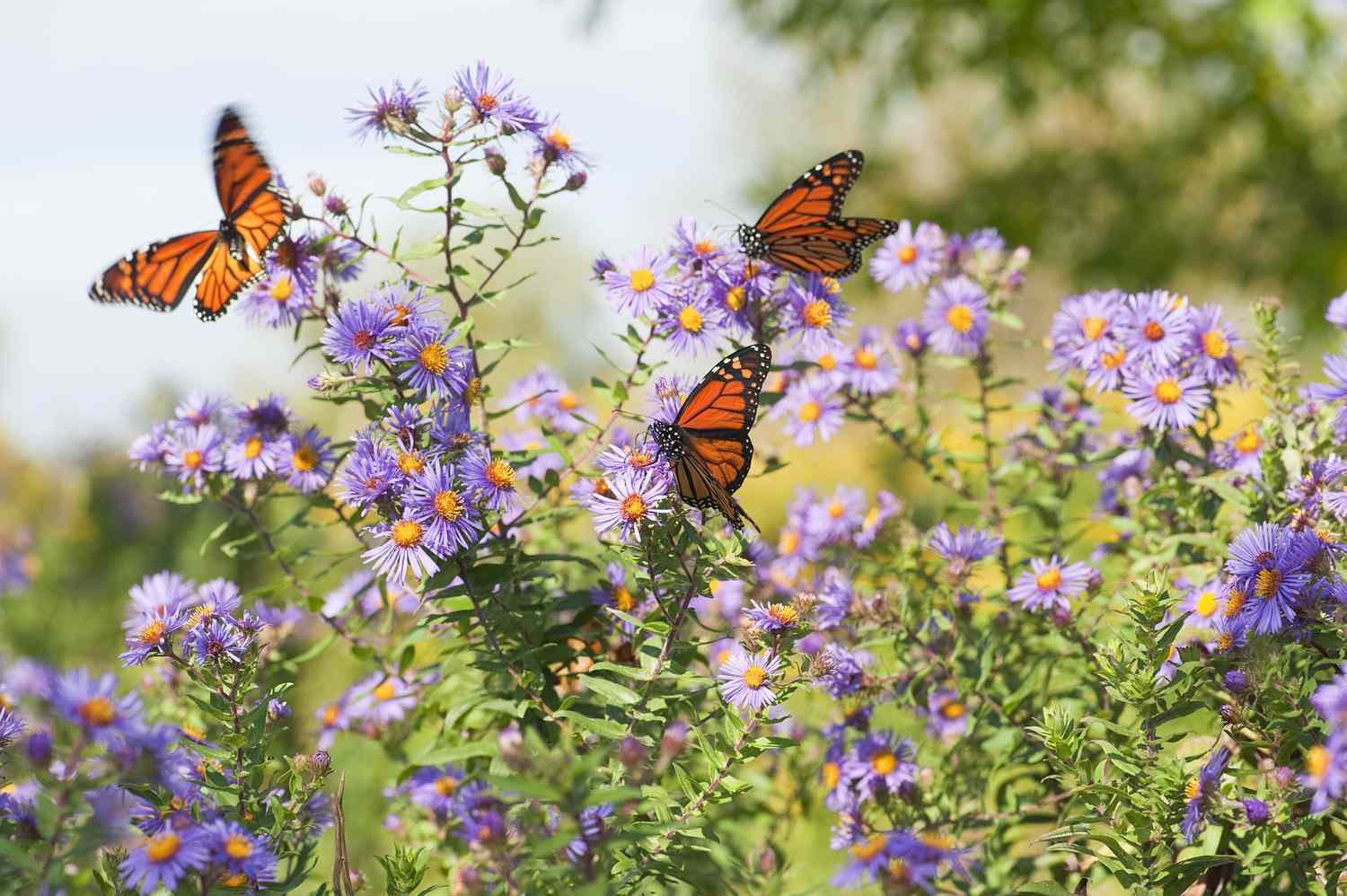
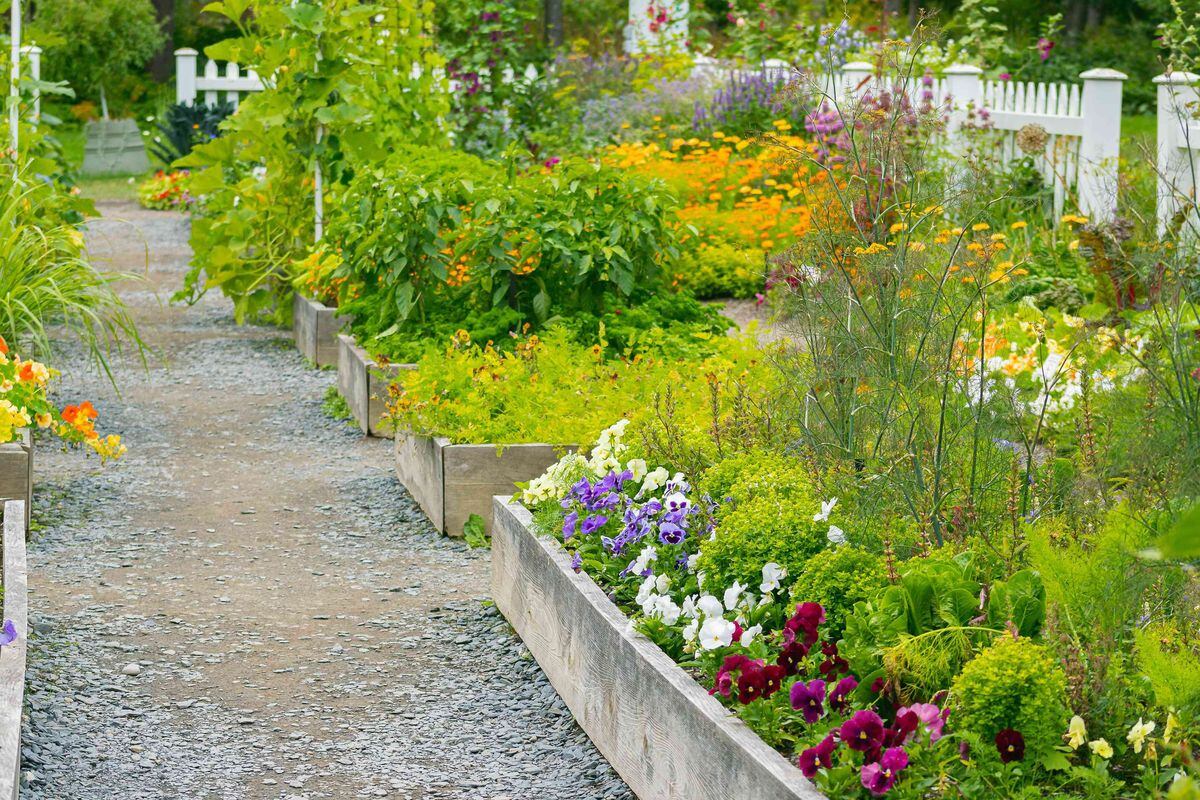
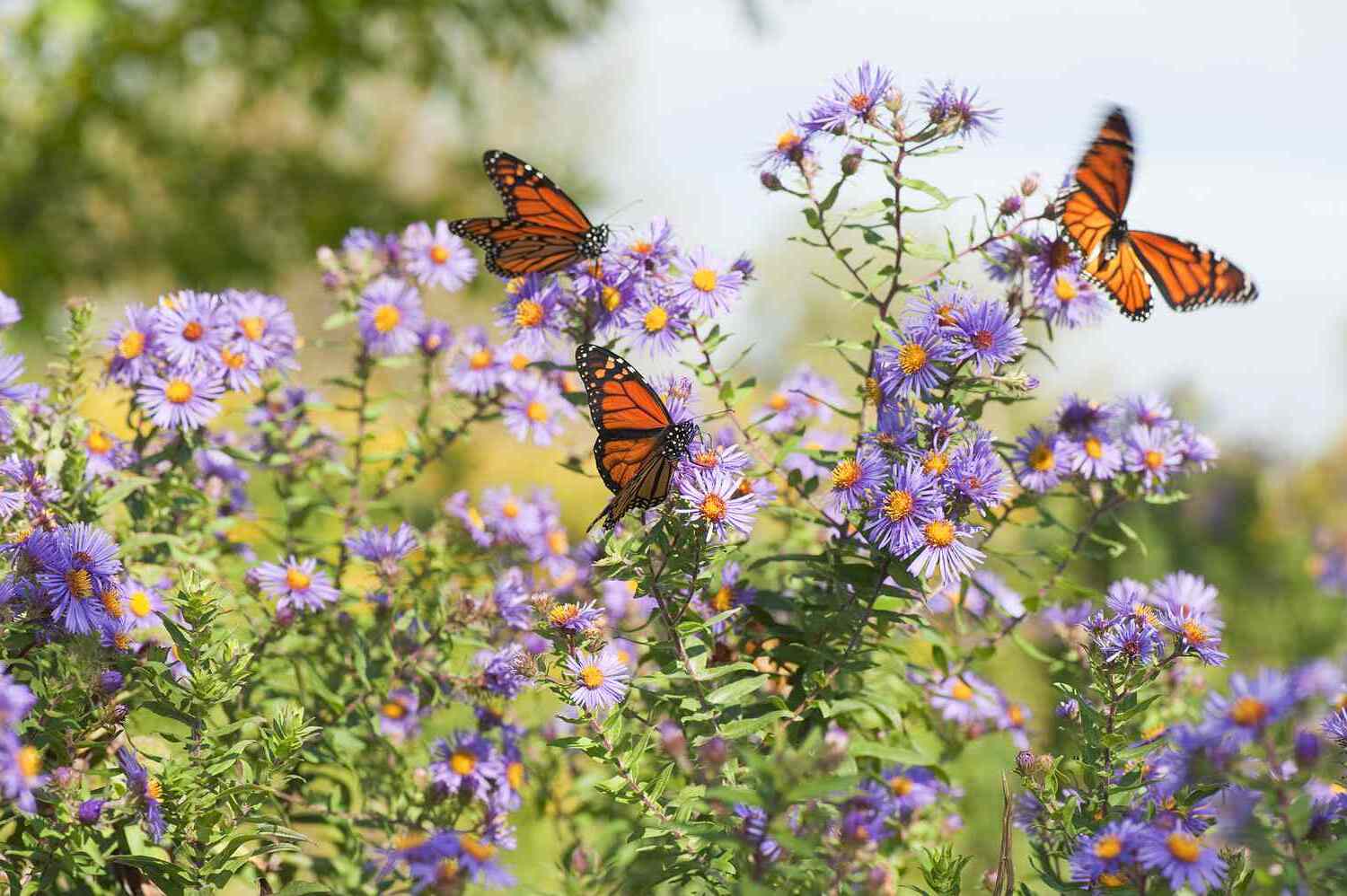
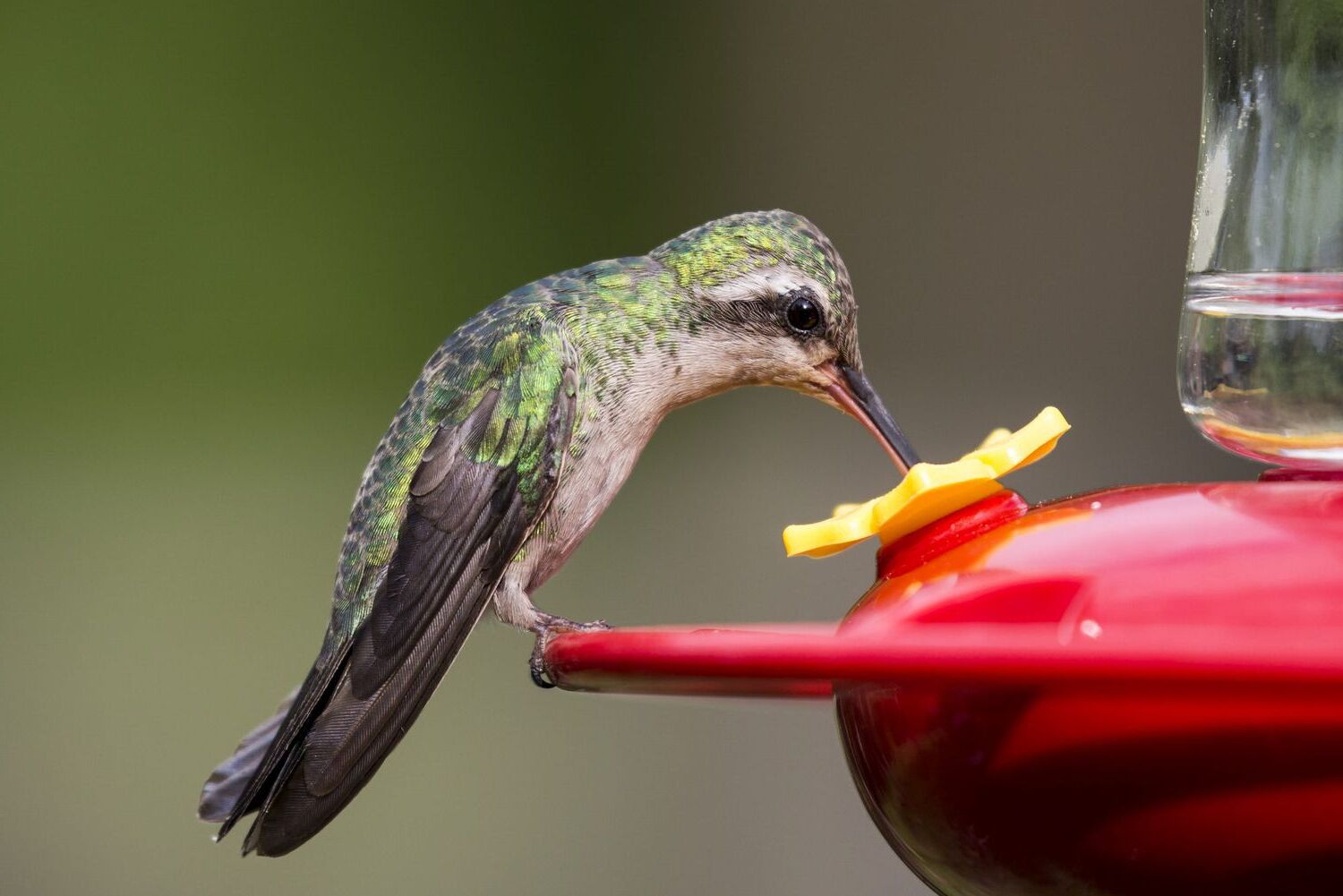
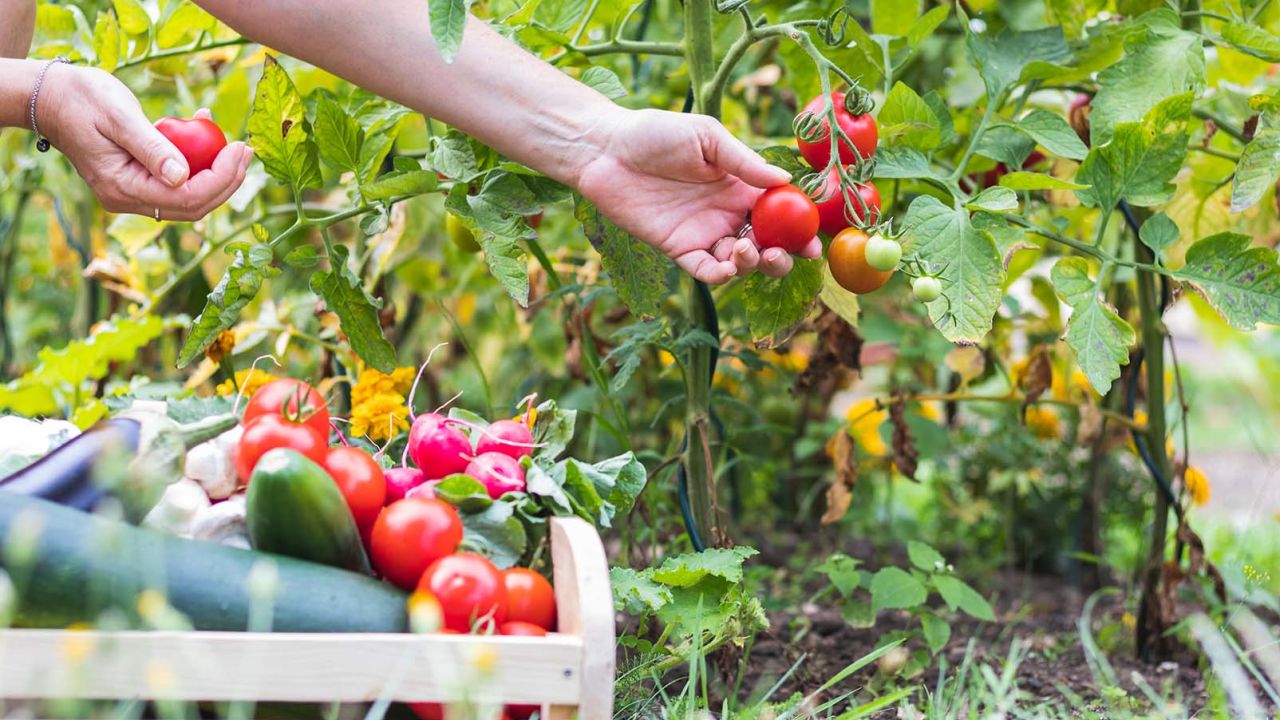
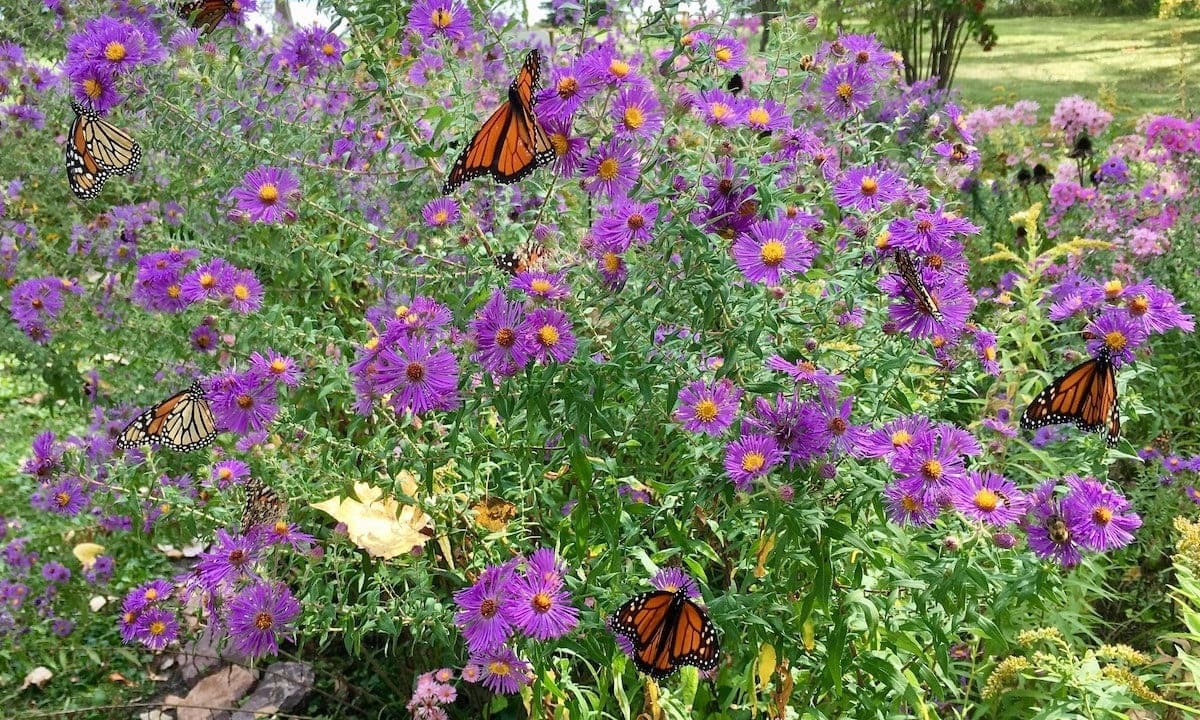
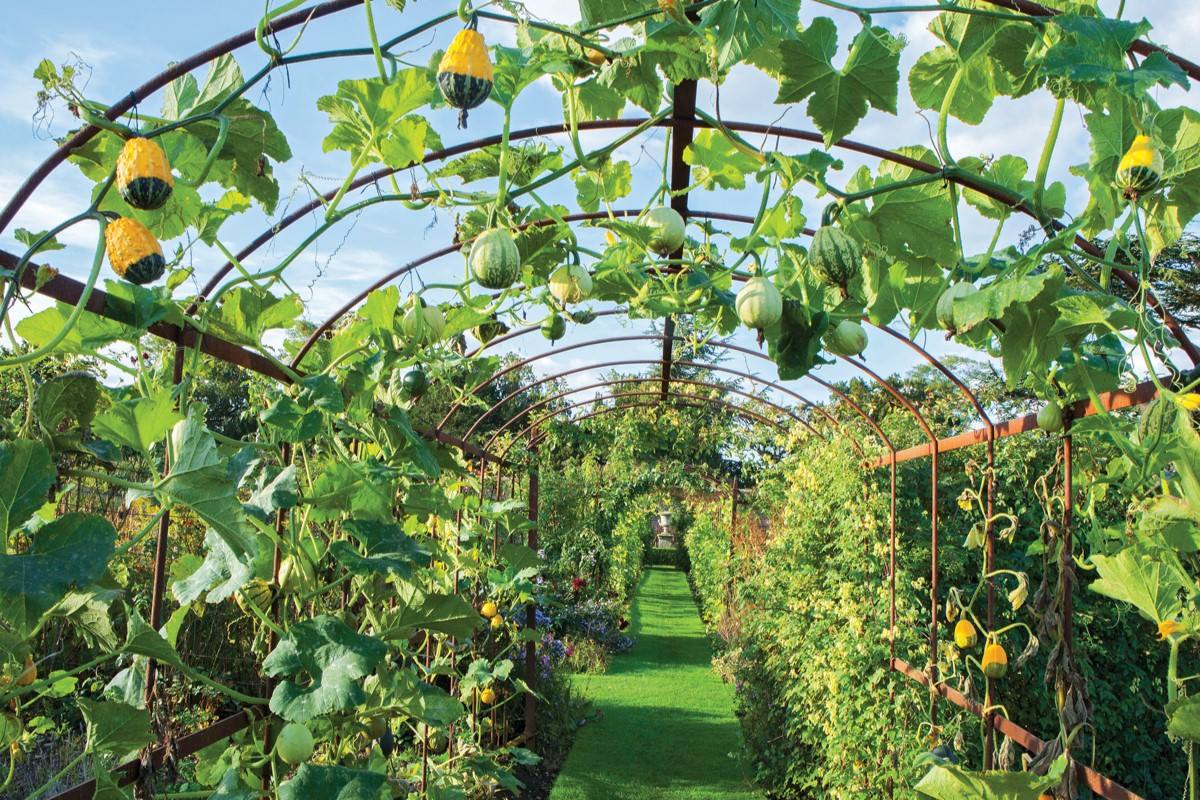
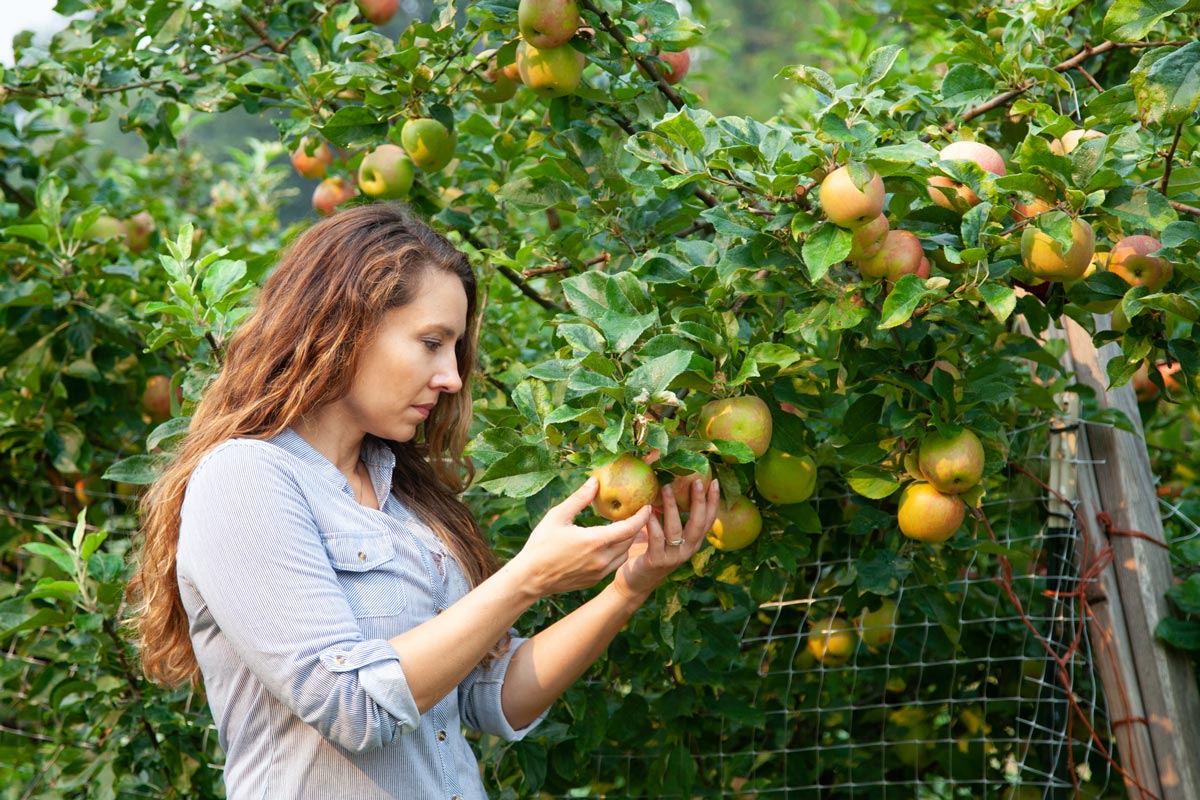
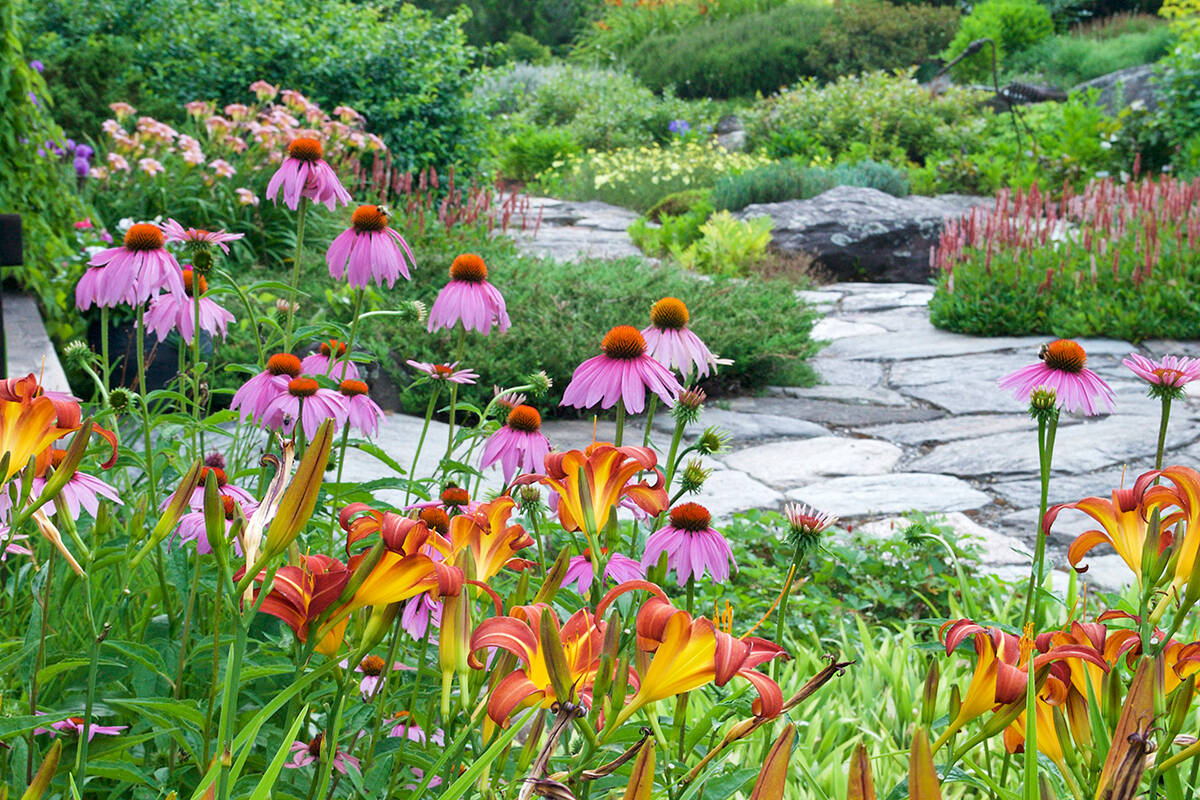
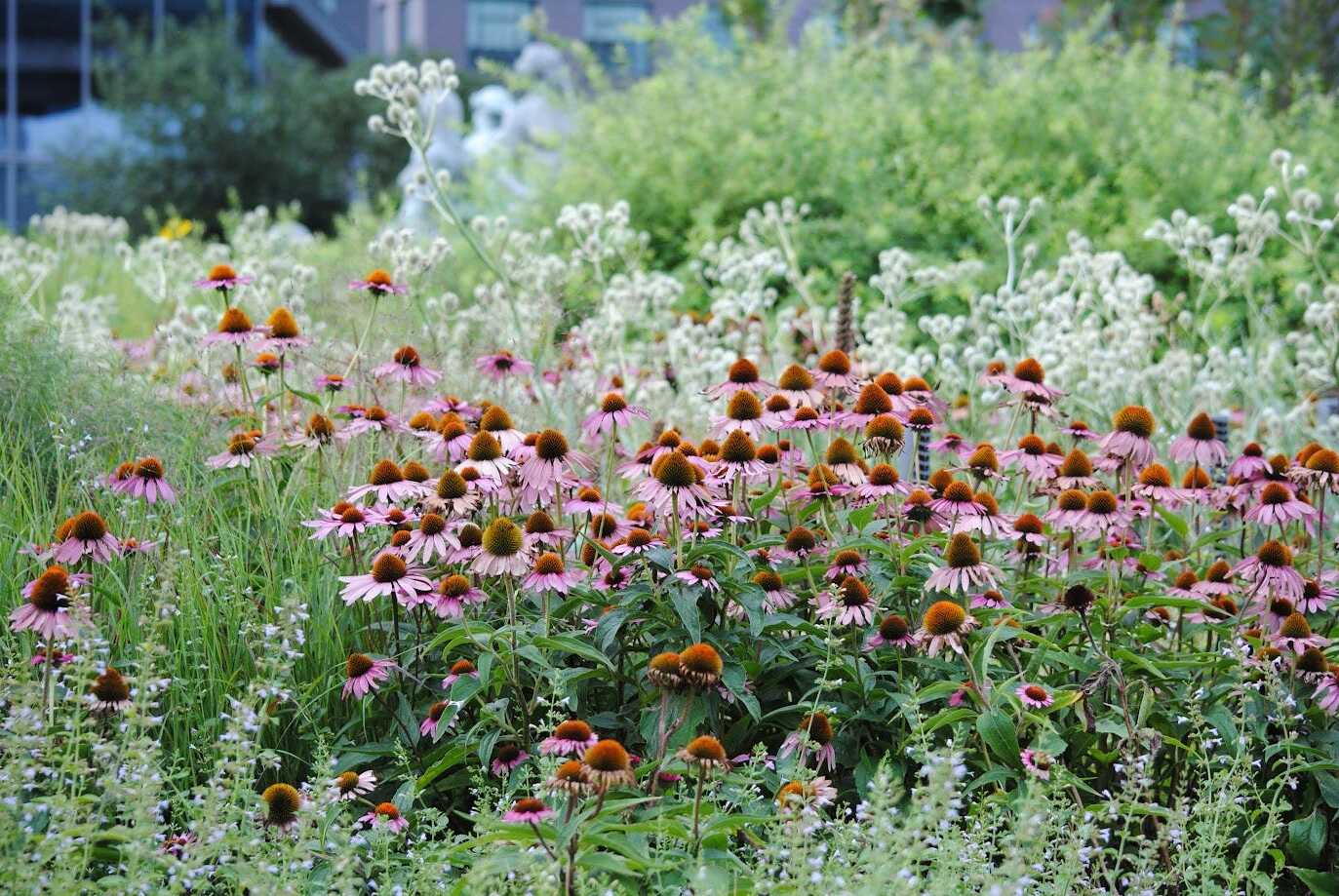
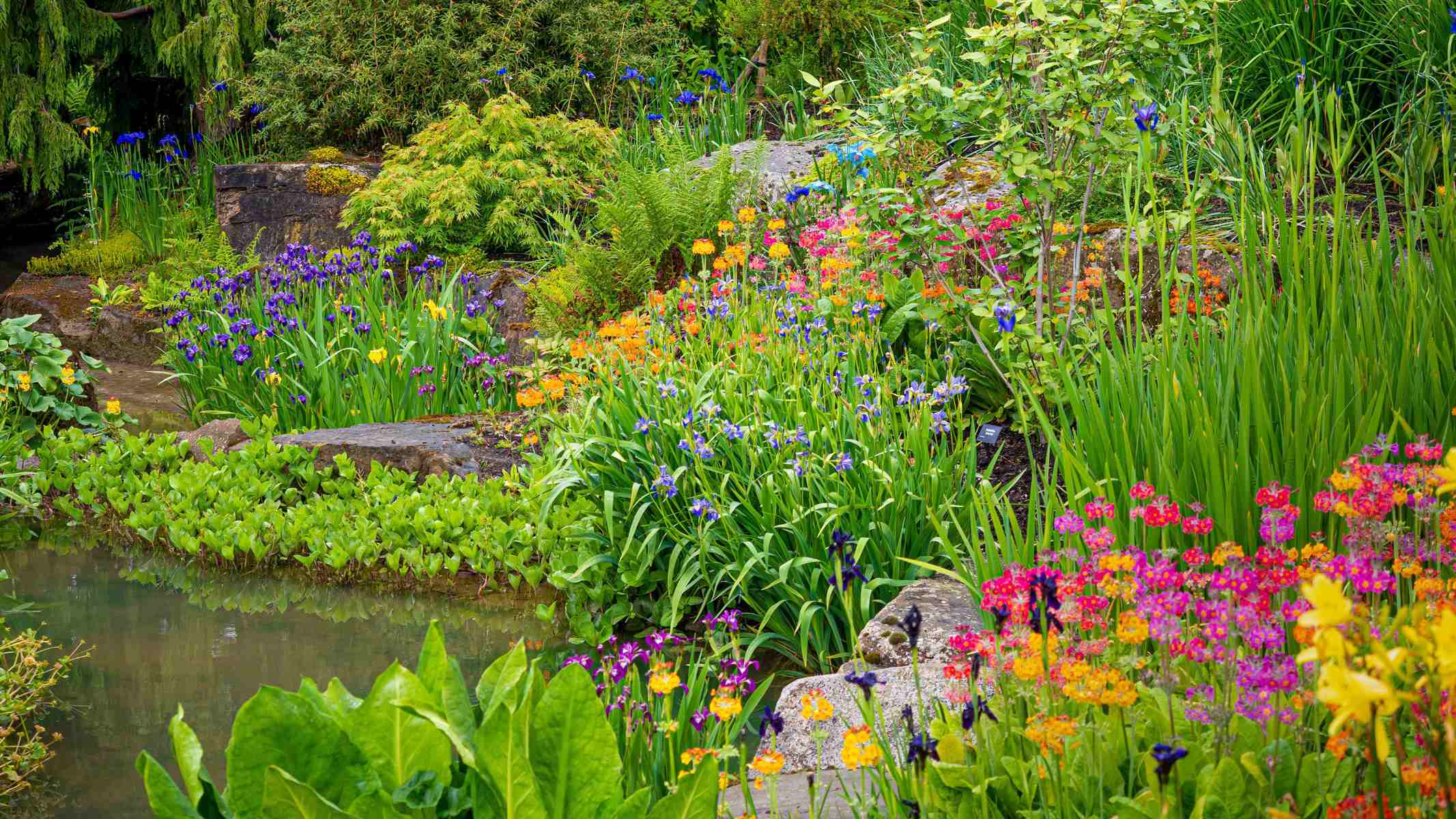
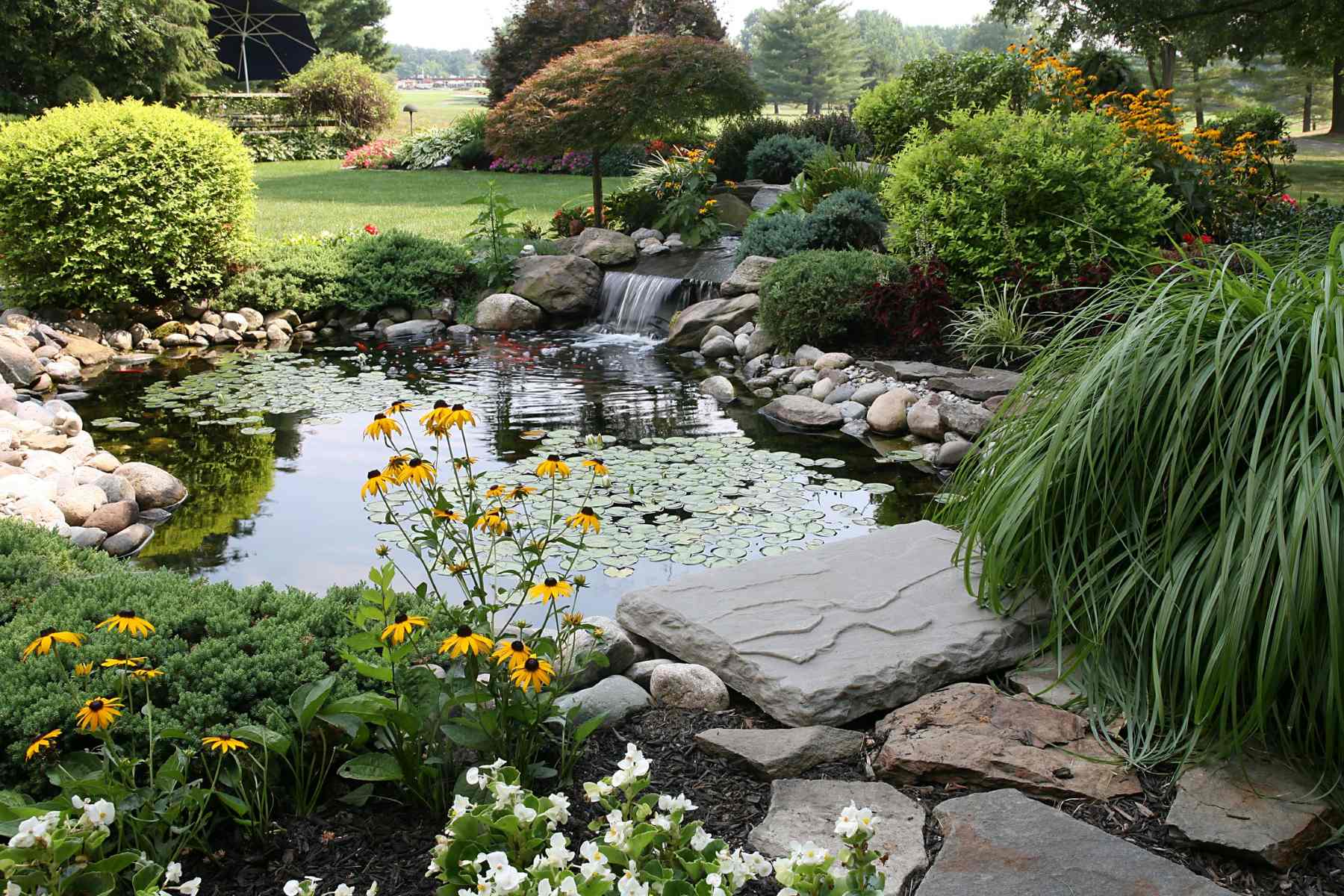
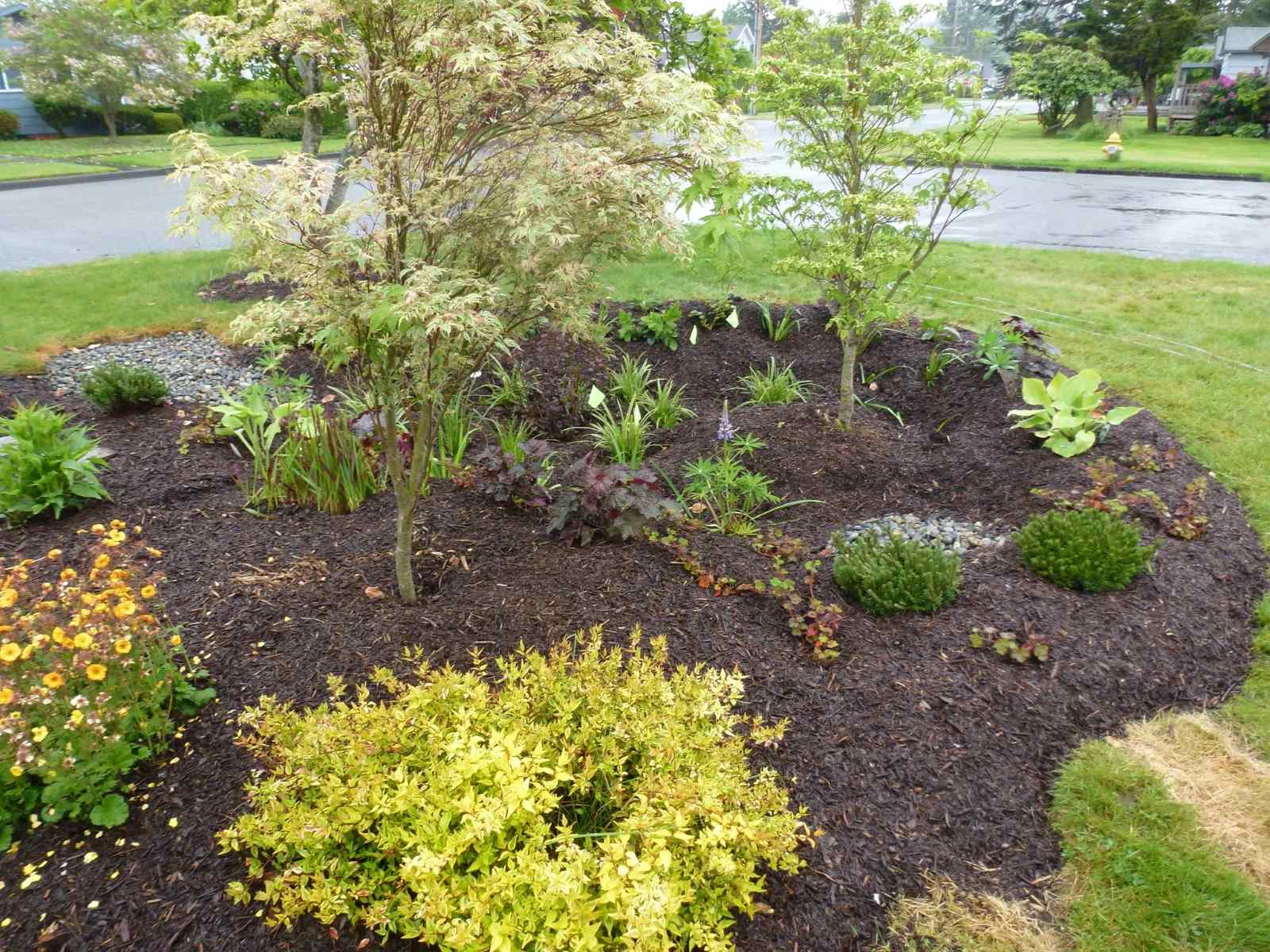

0 thoughts on “Backyard Butterfly Garden Plant Selection to Attract Pollinators”